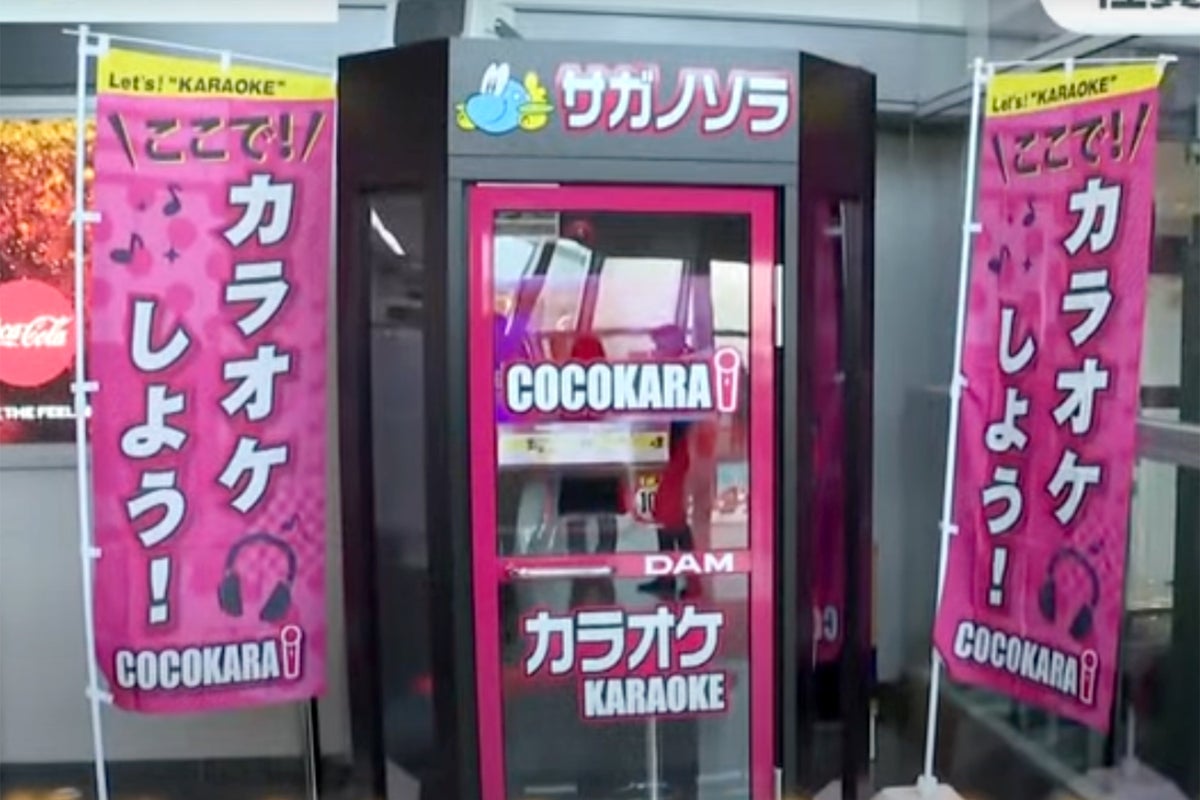Milan’s historic La Scala cracks down on tourist dress code
Patrons are being warned that they will be turned away with no refund if they turn up not dressed for the occassion

A historic opera house in Milan has cracked down on patrons and tourists entering the prestigious venue wearing summer attire such as shorts, tank tops and flip flops, warning they will be turned away if not dressed appropriately.
The opera was seen as a symbol of wealth and exclusivity in 19th-century high society, and the bourgeois elite of this time period would have been expected to turn up in tailcoats, cravats and long evening dresses.
While this opulent attire is not expected of patrons nowadays, Milan’s Teatro alla Scala opera house, commonly known as La Scala, has recently reinforced its smart dress code in the wake of opera-goers turning up in casual summer fashion.
“The public is kindly requested to dress in keeping with the decorum of the theatre, out of respect for the theatre and for other viewers,” La Scala’s policy warns.
“People wearing shorts or sleeveless T-shirts will not be allowed inside the auditorium; in this case, tickets will not be reimbursed.”
The venue also has signs around the foyer and on tickets stating the same message, warning patrons that they will not get a refund if they turn up wearing clothes not in keeping with the “decorum”.
The rules over informal clothing were first introduced in 2015 when the summer season coincided with the World Expo in Milan, as a way to deter the influx of tourists turning up in summer wear.
“There are no special dress code requirements at La Scala,” a spokesperson at the theatre told The Independent. “We are delighted that some of our audience members consider an evening at La Scala to be a special occasion and dress accordingly, but our priority is to welcome everyone and make sure they feel comfortable.
“This is precisely why, in 2015, we introduced restrictions on clothing that could cause discomfort to other audience members who have to share the often limited space of an 18th-century theatre.
“With the return of summer (an especially hot one), we reminded the audience of these rules, which have remained unchanged for ten years.
“It would not be right to tell spectators how to dress, but it is necessary that they do dress, as not to cause discomfort to other people,” the spokesperson added.
Until now, dress codes at La Scala have not been strictly enforced, partly due to its former French director Dominique Meyer, who said he would rather have less smartly dressed operagoers than a theatre full of empty seats.
Opera houses across the world have been creating initiatives to try to get younger people invested in this historic performance art, as well as making operas feel more welcoming and accessible to all, not just the upper classes.
However, the venue has not pointed towards younger people for being the cause of the dress downgrade; instead, it is the increase of tourists in Milan.
La Scala’s spokesman added that there had been a “change in behaviour led by visitors who do not follow opera but see La Scala as a landmark”.
A recent article in La Scala’s in-house magazine says that “adapting one's attire to the occasion should be a conditioned reflex” and that “common sense” should prevail in how to dress and behave in the theatre.
“And so it seems obvious to dress a little more elegantly for premieres than for repeat performances, and for evening performances than for afternoon ones”, the La Scala ‘Survival Manual’ article added.
“Putting on a jacket and tying a tie, after all, aren't particularly demanding, or even painful, tasks.”
For more travel news and advice, listen to Simon Calder’s podcast

 ShanonG
ShanonG 






























